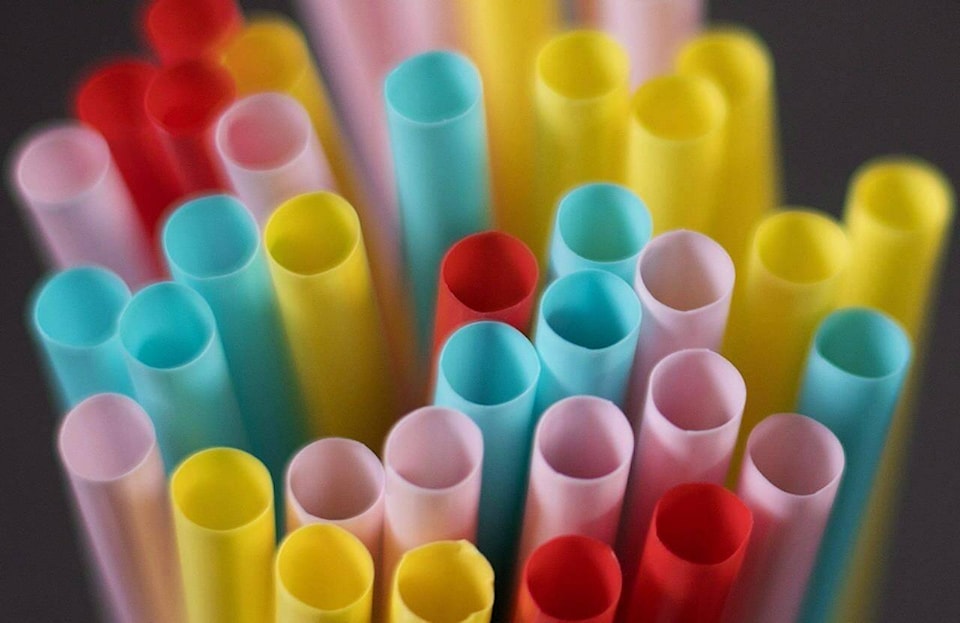The 2022 holiday season saw the launch of Canada’s phased nationwide single-use plastic ban. This is an excellent move, and a necessary one. Many Alberta businesses have been successfully making changes to their means of operation as part of the federal government’s plan to achieve zero waste plastic pollution by 2030. But we need to do more. If our goal is to be a plastic-free society by 2030, what more can we do to achieve this?
First, we need to encourage one another to have a plastic-free mindset. This doesn’t mean we have to change our habits overnight. The pressure to suddenly cut plastic from our lives can feel overwhelming and deter people from making any changes at all. Making the switch to plastic-free alternatives gradually, and in a way that compliments one’s lifestyle, is what will instil lasting change. Your journey can start by simply thrifting an existing plastic product instead of buying brand new.
Another action we can take is to use our purchasing power to influence big businesses and force them to comply with market demand. For example, if consumers are preferring to use shampoo bars instead of bottled shampoo, then businesses will have to adjust and follow suit. We can also change our shopping habits to buy locally. Local businesses have the creativity, ingenuity, and versatility to nimbly come up with innovative solutions when creating plastic-free substitutes or reusing plastic in a new way. As plastic-free options will be needed in the long-term, this presents an opportunity for enterprising Albertans to jump in on this market. This is where government funding could provide additional support. For example, the community of York, Ontario was offering $20,000 to non-profit organizations to come up with creative ideas to reduce single-plastics usage.
We also need to make sure that businesses of all sizes have reliable and equal access to the plastic-free alternatives they need to run their businesses. This means we need to have consistent sources to import these products from and/or support companies here in Canada who can create the desired plastic-free alternatives. Canadian-based companies would have the added benefit of being more affordable, due to reduced shipping costs.
Lastly, we need to do a better job of waste management. There are many different types of plastic, which is why so much of what we put into recycling bins never gets recycled. Not all recycling centres are capable of recycling all plastic types. People need to be more aware of what recycling centres exist, make them more accessible, and improve the technology involved in the sorting and breaking down of plastics. We also need to limit the number of plastic types being made, as well as become better at reusing the plastic we currently have on our planet.
The single-use plastic ban does not go into full effect until the end of this year, and not all plastic-based products will be impacted. Nations around the world are rallying together to come up with solutions. With the success that global co-operation had with eliminating CFCs, there is hope for a solution with our plastic problem. So let’s make it our new year’s resolution to reduce our plastic footprint.
Jaclyn Hiebert is a young business professional with a background in International Business.
Dollyann Santhosh is a medical student at the University of Alberta.
Austin Mardon, CM, FRSC, is currently Assistant Adjunct Professor with the John Dossetor Health Ethics Centre.
